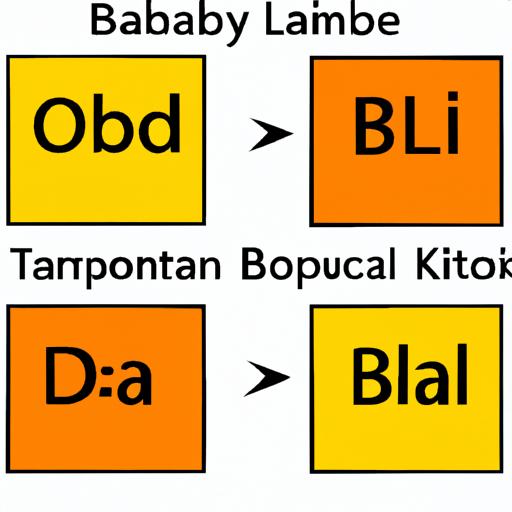Have you ever wondered how databases store and manipulate data? SQL data types play a fundamental role in this process. In this article, we’ll explore the world of SQL data types, providing you with clear examples and explanations. Whether you’re a beginner or an experienced database manager, this guide will help you master the art of selecting and utilizing SQL data types effectively.
Introduction
In the realm of database management, SQL data types serve as the foundation for organizing and manipulating information. These data types determine the kind of values that can be stored in a table column, ensuring data integrity and optimization. Let’s dive into the world of SQL data types and examine their importance through practical examples.

Common SQL Data Types
VARCHAR: Storing Variable-Length Text
One of the most widely used SQL data types is VARCHAR, which allows for storing variable-length text. Whether it’s names, addresses, or descriptions, VARCHAR provides the flexibility needed to accommodate various lengths of character strings. Let’s consider an example where we store customer names in a database:
CREATE TABLE customers (
id INT,
name VARCHAR(50)
);INTEGER: Handling Whole Numbers
When it comes to dealing with whole numbers, the INTEGER data type comes to the rescue. INTEGER allows you to store positive and negative integers, making it ideal for representing quantities or identifiers. To illustrate its usage, let’s create a table to store product information, including their stock count:
CREATE TABLE products (
id INT,
name VARCHAR(100),
stock_count INTEGER
);DATE: Managing Dates and Time
In the world of databases, dates and time play a vital role. The DATE data type facilitates the storage and manipulation of date values. Let’s consider an example where we store information about customer orders, including the date of purchase:
CREATE TABLE orders (
id INT,
customer_id INT,
purchase_date DATE
);… (Continue with other common data types)

Advanced SQL Data Types
BLOB: Handling Large Binary Data
In certain scenarios, you may encounter the need to store large binary objects, such as images or multimedia files. BLOB (Binary Large Object) is the perfect SQL data type for this purpose. Let’s create a table to store user profiles, including their profile pictures:
CREATE TABLE users (
id INT,
name VARCHAR(100),
profile_picture BLOB
);CLOB: Storing Large Textual Data
When it comes to storing extensive textual data, the CLOB (Character Large Object) data type shines. It is designed to handle large text files, such as documents or articles. Let’s create a table to store blog posts, including their content:
CREATE TABLE blog_posts (
id INT,
title VARCHAR(100),
content CLOB
);XML: Dealing with Structured Data
XML (eXtensible Markup Language) is a widely used format for representing structured data. SQL provides the XML data type to handle XML documents efficiently. Let’s consider an example where we store product information in XML format:
CREATE TABLE products (
id INT,
name VARCHAR(100),
details XML
);… (Continue with other advanced data types)

Choosing the Right SQL Data Types
Selecting the appropriate SQL data types is crucial for database optimization and data integrity. Consider the following factors before making your decision:
- Storage Requirements: Analyze the expected size of the data and choose a data type that provides sufficient storage without wasting resources.
- Data Integrity: Ensure that the chosen data type enforces the necessary constraints, such as ensuring that only valid dates are stored in a DATE column.
- Performance: Consider the performance implications of different data types, as some operations may be faster or slower depending on the chosen type.
By carefully evaluating these factors, you can choose the most suitable SQL data types for your specific needs, ensuring efficient data storage and retrieval.
Conclusion
SQL data types form the building blocks of databases, enabling efficient storage and manipulation of data. In this article, we explored common and advanced data types, providing examples that demonstrate their practical usage. By understanding and selecting the right data types, you can optimize your databases for performance and ensure data integrity. So, next time you work with SQL databases, remember the power of data types and make informed decisions to unlock their full potential.
Now that you’re equipped with the knowledge of sql data types with examples, it’s time to put them to use and unleash the true potential of your databases!